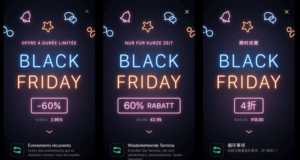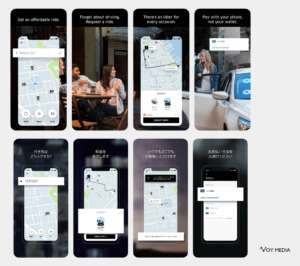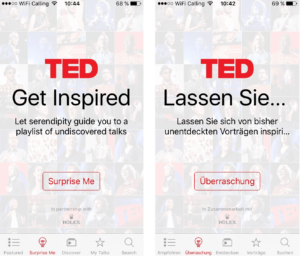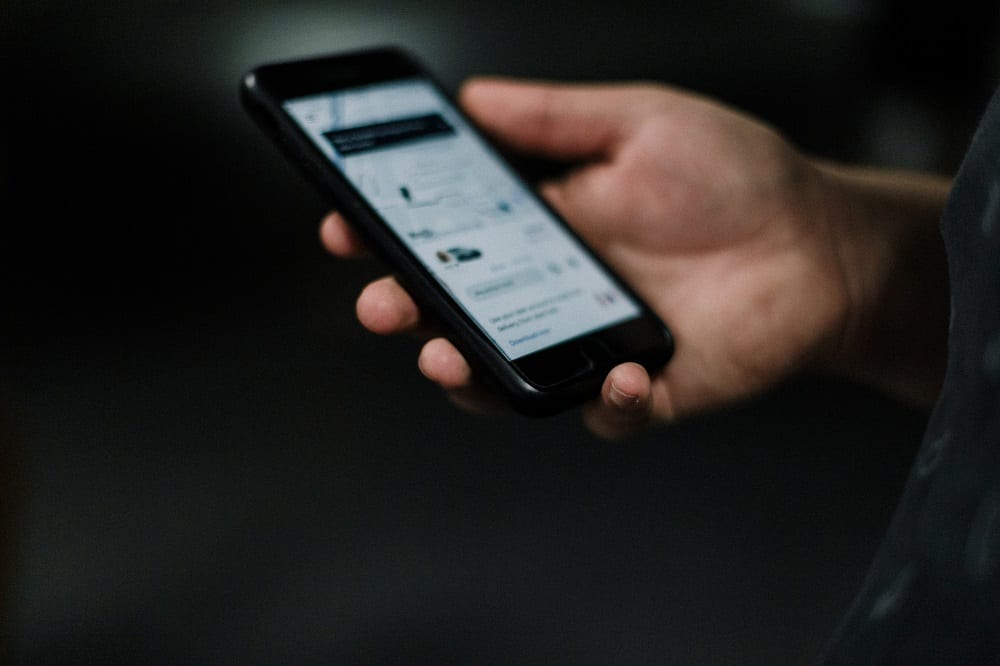People spend about 4 hours per day on their smartphones, and about 90% of this time — inside mobile apps. Considering that there are more than 6 billion smartphone users worldwide, it’s a great idea to localize your app as soon as possible (if you haven’t done it yet).
Simple app translation into the most popular world languages is not enough. It’s essential to use professional app localization services to appeal to geographic location, cultural differences, and local traditions.
What do you need to think of to make your app speak different languages, talk to various audiences and keep it universal and easy-to-use? Here is a localization checklist not to forget anything while making your app globally available.
- Choose localizing partners
Choosing a reliable localization team is one of the most important things to consider. Of course, you can translate the app by using free tools like Google translator. However, it’s not a winning strategy.
Your localization partner must know all the details of the language you want to translate into and the local traditions and audience in this region. People who will use your app don’t want to see only translated content. They want to enjoy recognizable themes and jokes popular within their culture.
- Think about regional traditions
Localization is not just about translation. It’s much more as it should take into account the context of the region. App developers may even need to change the app’s content if it doesn’t refer to the local traditions and cultural code.
There is a non-obvious thing with discounts in China. In Europe and the USA, when people see 70%, they undoubtedly think that they need to pay only 30% from the original price. However, in Chinese stores, discount signs tell the percentage you are to pay. Thus, it reads as “I need to pay 70% of the price and get a 30% discount”. That’s why knowing regional traditions and cultural context is a must.

Image: https://codium.one/index.php/en/blog
Localize the whole experience to win your foreign audience. Remember that a perfectly localized app makes the users feel like the app has been created specifically for them, not simply translated.
- Adapt store screenshots and videos
App store screenshots and videos are the first things users pay attention to. Make them unique for every locale. Don’t be afraid to redesign them to make them look local and appealing to a new region.

Image: https://voymedia.com/
Show only relevant information on the screenshots to avoid situations when users don’t know what you’re talking about. For example, if you mention some awards your app got, make sure users from this region will understand you.
If you provide users with a promo video, make sure that the sound is also translated or the video music sounds natural.
- Check app description
The app description is another point you need to consider. Don’t use Google Translate, even though it’s rather tempting. Users value high-quality app descriptions in their native language that clearly show their app’s functionality and key features.
Also, try to point out the features that will be important for this locale as they may vary from one region to another.
- Check user interface and all the buttons
Localizing apps might be challenging for UX designers as the length of the exact words can drastically differ in two languages. For instance, two small words in English can result in 2 huge words in German, as happened on the TED app screenshots below.

Image: https://blog.prototypr.io/challenges-of-app-localisation-618add749450
Check out that all the texts fit the button sizes in all your locales, and make sure that you don’t cut any text.
- Create special features for every region
Sometimes it’s a wise strategy to introduce new features for a specific region. To understand what your users want, you can ask directly in your community or analyze users’ reviews in the app stores.
Think of the regional holidays and create specific features and in-app events or promotions for St.Patrick’s day in the UK or Chinese New Year for the Chinese audience.
You can even add special keywords for these holidays to increase your search rate in these countries (see more about keywords in the next point).
- Localize keywords
Keywords help users find your app. Users from different countries don’t use the same words to search for the app in the store.
For example, even the English word “game” in Spanish will be “juego” which means that you need to think twice when localizing app store keywords.
Use tools like AppAnnie or AppFollow that will help you find relevant and popular keywords for various locales.
- Check dates, numbers, and time
Date and time formats vary from one region to another. For example, 10/06 will mean two different dates in the UK and USA. In the UK, it will be June 10, while in the USA, it will mean October 6.
Don’t forget to check it out when releasing your app to the new markets, especially if you offer some time-limited offers.
Last but not least, always test your localized app to avoid bugs and cultural misunderstanding. Asking the local community to help you with testing is a great idea. However, it doesn’t change the fact that professional localization testing is needed.
Localize wisely and make your apps rock globally!


